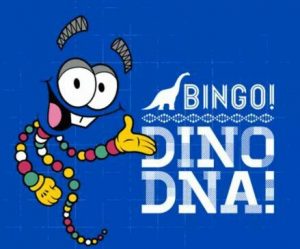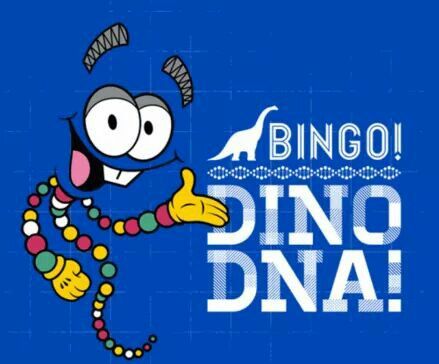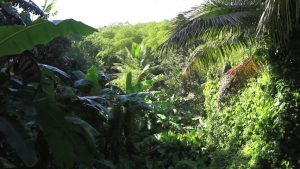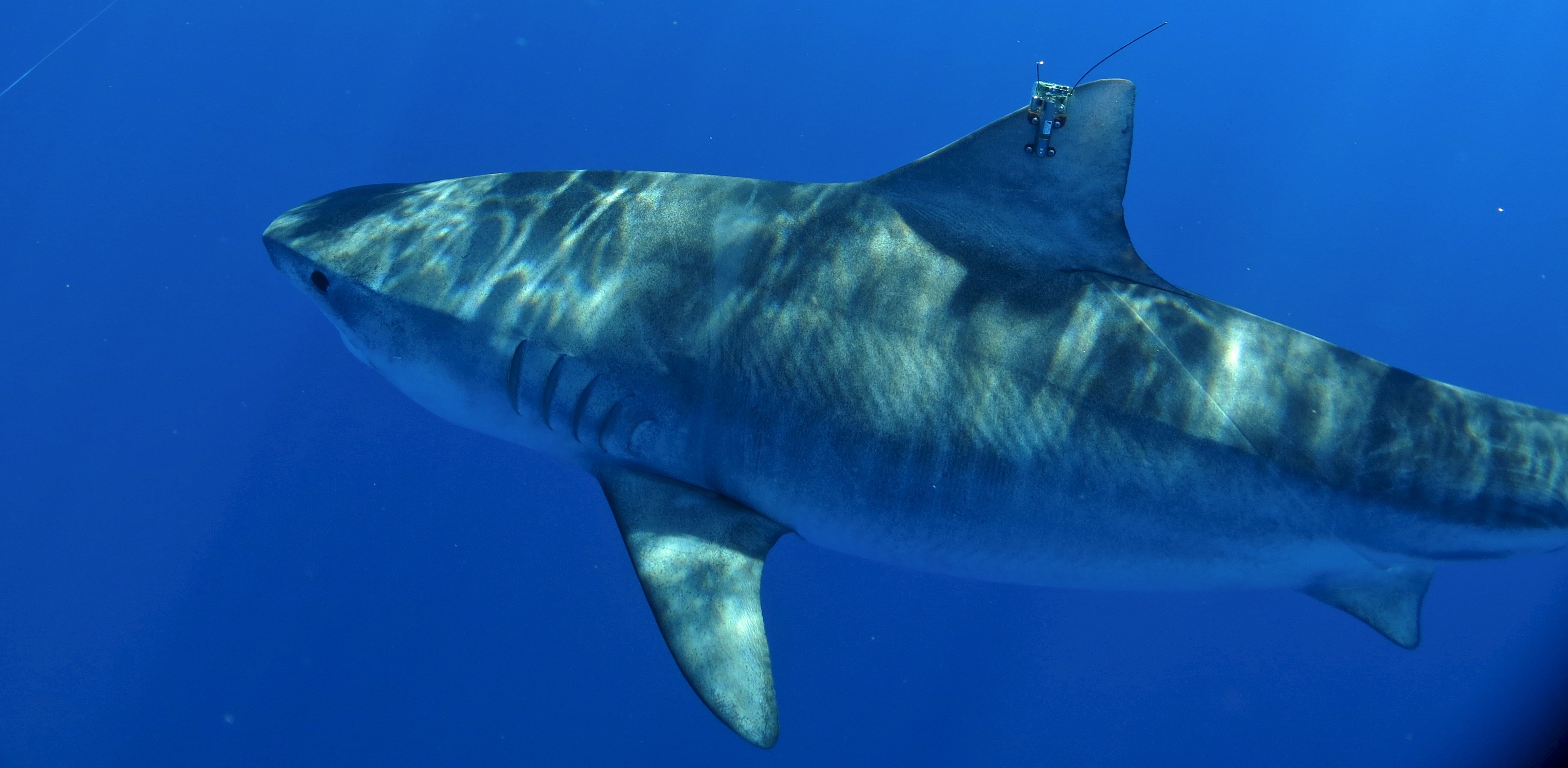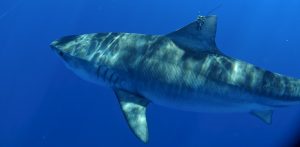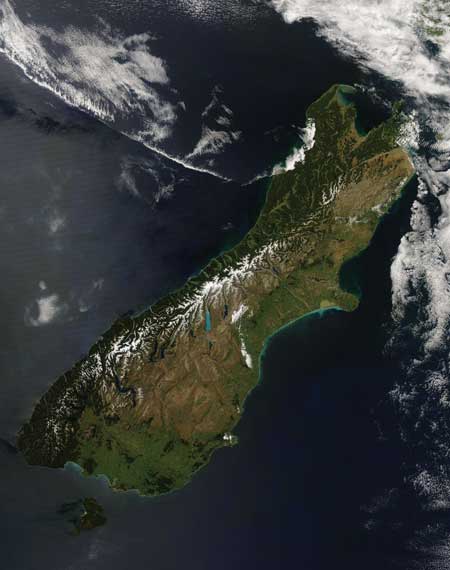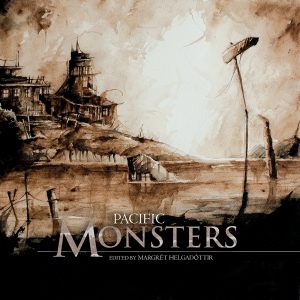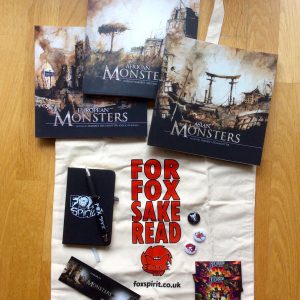At the Water’s Edge
by Shona Kinsella
Anna swore as she stumbled over a tree root. Her ankle throbbed; she added it to her growing list of aches and pains. These stupid boots had rubbed her feet raw, the muscles of her legs ached, her shoulders burned from the weight of her backpack and her head was pounding. Why had she ever thought it was a good idea to come on this hike? She wasn’t an outdoorsy person. Not like Hayley.
Anna rolled her shoulders and tried not to think about the tall, blonde woman who had joined Jonathon’s walking group.
‘I hope she’s wandering around alone, too,’ Anna muttered to herself.
It was all because she had gone to the pub with them last Friday. She had seen the hungry way that Hayley looked at Jonathon, and how he had leaned towards her when he was speaking. When Anna had taken his hand, he seemed surprised to be reminded that she was there. So, of course, when they started discussing this hike, she had to say she would come along.
The worst part was that Jonathon had laughed; implied that she wouldn’t be able to go the distance. Of course, he was right.
Half an hour into the hike, she knew it had been a mistake. She had bought brand-new hiking boots and hadn’t had time to break them in properly. She wasn’t used to carrying all the equipment she needed and had no idea how to read a compass or a map. She ended up feeling like an idiot. A frumpy idiot, in her baggy combat trousers and old jumper, while Hayley swanned about in a vest top and jodhpurs, showing off her long, slim legs. Seriously, who even wore jodhpurs?
The group was supposed to be going about half-way up the hill – which Jonathon insisted was only a small one, but it looked enormous to her – and then looping around it and back down the other side to the loch. They had all strung out, as people teamed up with others at their own pace. Of course,Hayley, had attached herself to Jonathon and Anna, sighing or rolling her eyes every time Anna had to stop for a rest or to adjust her backpack.
They had started looping around when the fog came in. It was so sudden; Anna had never seen anything like it. She had bent down to tie her shoe lace and when she looked back up she couldn’t see Jonathon or Hayley. She had called out to them but the fog muffled her words, making them sound quiet even to her own ears.
Anna started off in the direction she thought they had been going. She figured Jonathon and Hayley must be just ahead and she would catch up with them within minutes but that had been over an hour ago. Of course, she couldn’t get a signal on her phone since they were at the backend of nowhere and only crazy people came here. She had no choice but to keep walking and hope she ran into them.
Someday we’ll look back on this and laugh.
Just now she was struggling not to cry. She leaned against a tree and sank to her knees to rest her feet for a moment. From this changed vantage point, she noticed a glimmer between the trees. Water. The loch!
She climbed to her feet again and limped on, careful to step over and around the roots that seemed to grasp for her feet. If she managed to keep the water in sight, she should be able to make her way down to the loch. The rest of the walking group should be there – or, if not, they should show up sooner or later.
She stepped out of the trees and before her lay a gentle, grassy slope down to the water’s edge. The fog was burning off and Anna could feel a hint of warmth from the hidden sun.
Small for a loch, she thought, looking around. She could see around the shore; there was no sign of anyone. Anna frowned. She had been at the back of the group. How could she possibly have gotten here first? Where were the others? Could they have gone back without her?
Panic started to rise in her chest and she could feel her heart rate speeding up. This was ridiculous. Jonathon wouldn’t have gone without her. Whether he was making eyes at Hayley or not, he was the most responsible person she’d ever known. He would not go home until the whole group was accounted for.
Maybe they went back looking for you and you passed them in the woods?
No. He would have insisted that someone stay by the loch in case she came this way. There was definitely no-one else around, as far as she could see; but the far end of the loch was fuzzy from here. It was possible that some of those shapes she thought were bushes could be people.
The water caught Anna’s eye and she looked longingly at it, imagining the coolness against her tortured feet. Before she could stop herself, she had her feet out of the boots. She carefully peeled her socks away from the blisters that had burst, blood causing the wool to stick to her. She rolled up her trouser-legs and limped down to the water. She dipped a toe in and squealed at the cold but then stepped forward so the water came up to her ankles. Her blisters stung but the relief to the soles of her feet made it worthwhile.
Movement caught her eye, out towards the middle of the loch. She stood and watched for a few seconds but saw nothing. Probably a fish jumping for its dinner; still a shiver ran down her spine. It’s not like this place in big enough to have a Nessie, what are you worried about?
She turned back towards the far end of the loch and stopped short, letting out a small scream. Right in front of her, standing in the shallow water, was a horse. The most beautiful horse she had ever seen. Dappled grey, it’s colouring resembled the fractured sunlight on the surface of the water. It was wearing a bridle and reins but no saddle. Anna looked around for its rider but could still see no-one. Perhaps they had been separated in the fog like her and Jonathon.
The horse nuzzled her and Anna stroked its nose, looking longingly at its back. It had been a long time since she had ridden but it would be so much easier than walking back. Still, what would the horse’s owner say? More practically, could she even get on without a saddle and stirrups?
As if it could read her mind, the horse knelt, bringing its back to the perfect height for her to climb up. Anna chewed her lip and looked around. She could always ride around the loch and check for other people. She climbed onto the horse’s back and took hold of the reins.
‘No!’
Anna spun in her seat, looking for the source of the scream. The noise had frightened the horse, causing it to head deeper into the loch. Anna pulled on the reins to turn it back to shore but it wouldn’t obey.
‘You have to get off!’ It was Hayley – Anna could see her now, running out of the treeline further along from where Anna had emerged.
‘I’m only going to ride around the loch,’ Anna called back. ‘You’re scaring him, you have to stop shouting.’
‘Get off!’
Anna hauled at the reins. Water rose up the creature’s flank, lapping against her knee. She looked down when something brushed against her leg and screamed. A body floated past, just below the surface. It was one of the guys from the hiking group. Anna tried to slide off the horse but found herself stuck.
‘It’s not a horse, it’s a kelpie!’ Hayley screamed. ‘You have to get off!’
‘I can’t!’ Anna called back, the water coming over the horse’s back to cover her thighs. ‘I’m stuck.’
‘The bridle! Pull the bridle off!’ Hayley was running into the water now.
Anna scrabbled at the bridle, her shaking fingers unable to find purchase. Another body floated past and Anna began to whimper as she managed to get her fingers under the strap of the bridle. In one, swift motion she pulled the bridle over the horse’s head.
Anna splashed into the water, the horse that been holding her gone, the bridle still in her hand. She went under and thrashed around in panic until Hayley grabbed her and pulled her to the surface, helping her back to shore.
‘Jonathon?’ Anna asked.
‘He went back looking for you. I stayed in case you found your way here. The kelpie got the others. We saw it.’
‘I’m never leaving the city again,’ Anna vowed.
